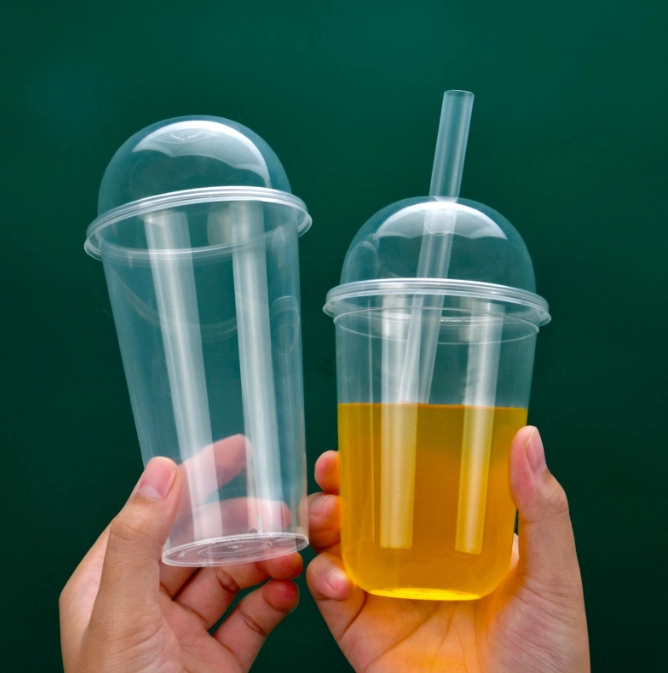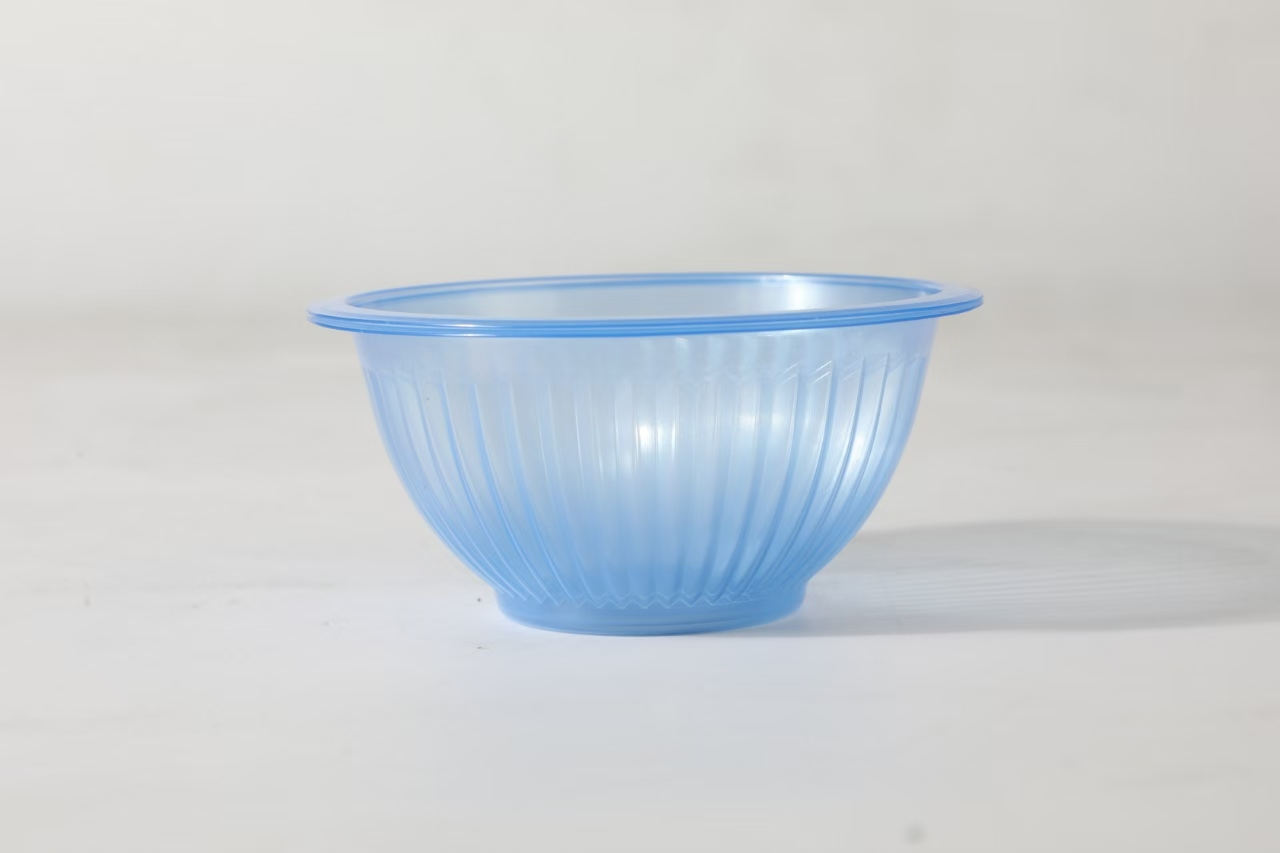
In the world of plastic manufacturing, two of the most widely used forming methods are thermoforming and injection molding. These processes are integral to the production of a wide array of plastic parts and products across multiple industries. Understanding the difference between thermoforming and injection molding is essential for engineers, designers, procurement professionals, and entrepreneurs who want to make informed decisions about materials, production methods, and cost-efficiency.
Each of these plastic forming methods has its own unique strengths, ideal use cases, and limitations. The choice between thermoforming and injection molding often comes down to factors such as product complexity, production volume, tooling cost, lead times, and design flexibility. This article provides an in-depth comparison between thermoforming and injection molding, exploring their definitions, processes, material choices, advantages, limitations, and the ideal applications for each method.
What Is Thermoforming?
Thermoforming is a plastic forming process that involves heating a plastic sheet to a pliable temperature, forming it over a mold, and then trimming it into the desired shape. It is a versatile, cost-effective method suitable for creating large, lightweight, and relatively simple parts.
The Thermoforming Process
Material Selection – A plastic sheet is selected, typically made from materials such as ABS, PET, HIPS, or PVC.
Heating – The sheet is heated until it reaches its softening temperature.
Forming – The heated sheet is stretched over or into a mold using vacuum, pressure, or mechanical assistance.
Cooling – The formed plastic is allowed to cool and retain its shape.
Trimming – Excess material is trimmed off to produce the final part.

Types of Thermoforming
Vacuum Forming: Uses suction to pull the heated sheet against the mold.
Pressure Forming: Adds air pressure on top of the sheet to push it against the mold for higher detail.
Mechanical Forming: Employs mechanical force to stretch the sheet into shape.
Common Applications
Packaging trays and clamshells
Automotive interior components
Refrigerator liners
Disposable cups and food containers
What is Injection Molding?
Injection molding is a manufacturing process in which melted plastic is injected into a steel mold to form complex and precise parts. It is widely used for high-volume production and applications requiring detailed geometries.
The Injection Molding Process
Material Selection – Thermoplastic pellets such as polypropylene, nylon, or polycarbonate are chosen.
Melting – The plastic pellets are melted in a heated barrel.
Injection – The molten plastic is injected into a steel mold under high pressure.
Cooling – The plastic cools and solidifies in the mold.
Ejection – The finished part is ejected from the mold.
Post-processing – Any flash or sprues are removed and secondary operations may be applied.
Common Applications
Thermoforming vs. Injection Molding
When comparing thermoforming and injection molding, several critical factors must be considered. Below is a detailed analysis:
1. Tooling Cost and Lead Time
| Aspect | Thermoforming | Injection Molding |
| Tooling Cost | Lower | Higher |
| Mold Material | Aluminum, wood, or resin | Hardened steel or aluminum |
| Lead Time | Short (2-4 weeks) | Long (6-12 weeks) |
Thermoforming generally has lower initial costs and faster setup times, making it ideal for prototyping and low to medium production volumes.
2. Production Volume
| Aspect | Thermoforming | Injection Molding |
| Ideal Volume | Low to medium | Medium to high |
| Cycle Time | Longer | Shorter |
Injection molding excels in high-volume production due to faster cycle times and multi-cavity molds that allow for higher output per cycle.
3. Part Complexity
| Feature | Thermoforming | Injection Molding |
| Wall Thickness | Less uniform | Highly consistent |
| Detail Resolution | Moderate | High |
| Undercuts | Difficult to achieve | Easily achieved |
Injection molding is preferred when parts require complex geometries, tight tolerances, or intricate detailing.
4. Material Utilization
| Factor | Thermoforming | Injection Molding |
| Material Usage | Less efficient | More efficient |
| Scrap | Trimmings | Runners and sprues |
Thermoforming typically results in more material waste due to sheet trimming. However, scrap material can often be recycled.
5. Design Flexibility
| Feature | Thermoforming | Injection Molding |
| Rapid Design Changes | Easier | Costly and slow |
| Prototyping | Economical | Expensive |
Thermoforming offers greater agility in early-stage product development where frequent design iterations are necessary.
6. Product Weight and Size
| Factor | Thermoforming | Injection Molding |
| Large Parts | Suitable | Limited by machine size |
| Part Weight | Lighter | Heavier (with inserts) |
Thermoforming is well-suited for large, lightweight components like panels and housings.
Conclusion
The choice between thermoforming and injection molding depends on several variables including project budget, desired part complexity, production volume, and design agility. Thermoforming is a great solution for producing large, lightweight, and simpler parts at a lower tooling cost and with quicker turnaround times. It’s ideal for applications in packaging, automotive interiors, and appliance liners.
In contrast, injection molding is unmatched in producing high-precision and high-volume parts. It is preferred when producing complex designs requiring tight tolerances, such as in the medical, automotive, and consumer electronics industries.
Understanding the distinctions between thermoforming and injection molding empowers manufacturers and designers to select the most efficient and cost-effective process for their specific needs.
FAQs
Q: What are the main differences between thermoforming and injection molding?
A: Thermoforming heats a plastic sheet and forms it over a mold, while injection molding injects molten plastic into a mold. Thermoforming is better for large, simple parts and lower volumes; injection molding is better for complex, high-volume production.
Q: Which process is more cost-effective for prototyping?
A: Thermoforming is generally more cost-effective for prototyping due to its lower tooling cost and faster lead times.
Q: Can thermoforming produce parts with tight tolerances?
A: Thermoforming can produce reasonably accurate parts, but injection molding is better suited for tight tolerances and intricate designs.
Q: Is thermoforming environmentally friendly?
A: Yes. Thermoforming can be environmentally friendly, especially when using recyclable materials and reusing trimmed scraps.
Q: What is the best process for large plastic components?
A: Thermoforming is typically better for large plastic parts due to its ability to form over large molds using plastic sheets.
Q: Which process offers faster cycle times?
A: Injection molding usually has faster cycle times, especially for high-volume production using multi-cavity molds.
Q: Can the two processes be combined?
A: While uncommon, hybrid processes sometimes integrate features of both thermoforming and injection molding for specific applications.
Q: Which method has better surface finish?
A: Injection molding usually delivers superior surface finishes due to the precision of steel molds and the high-pressure process.















